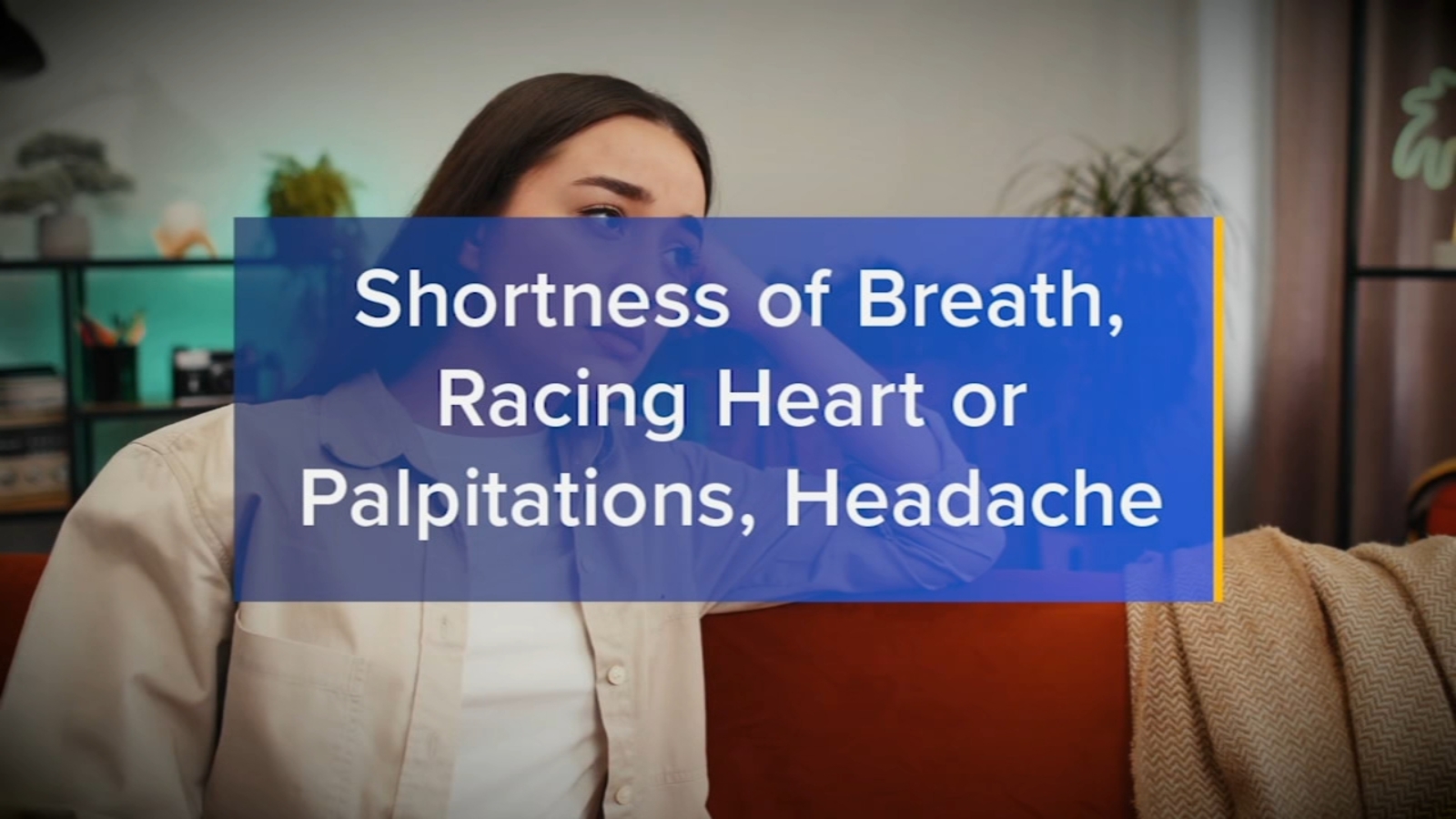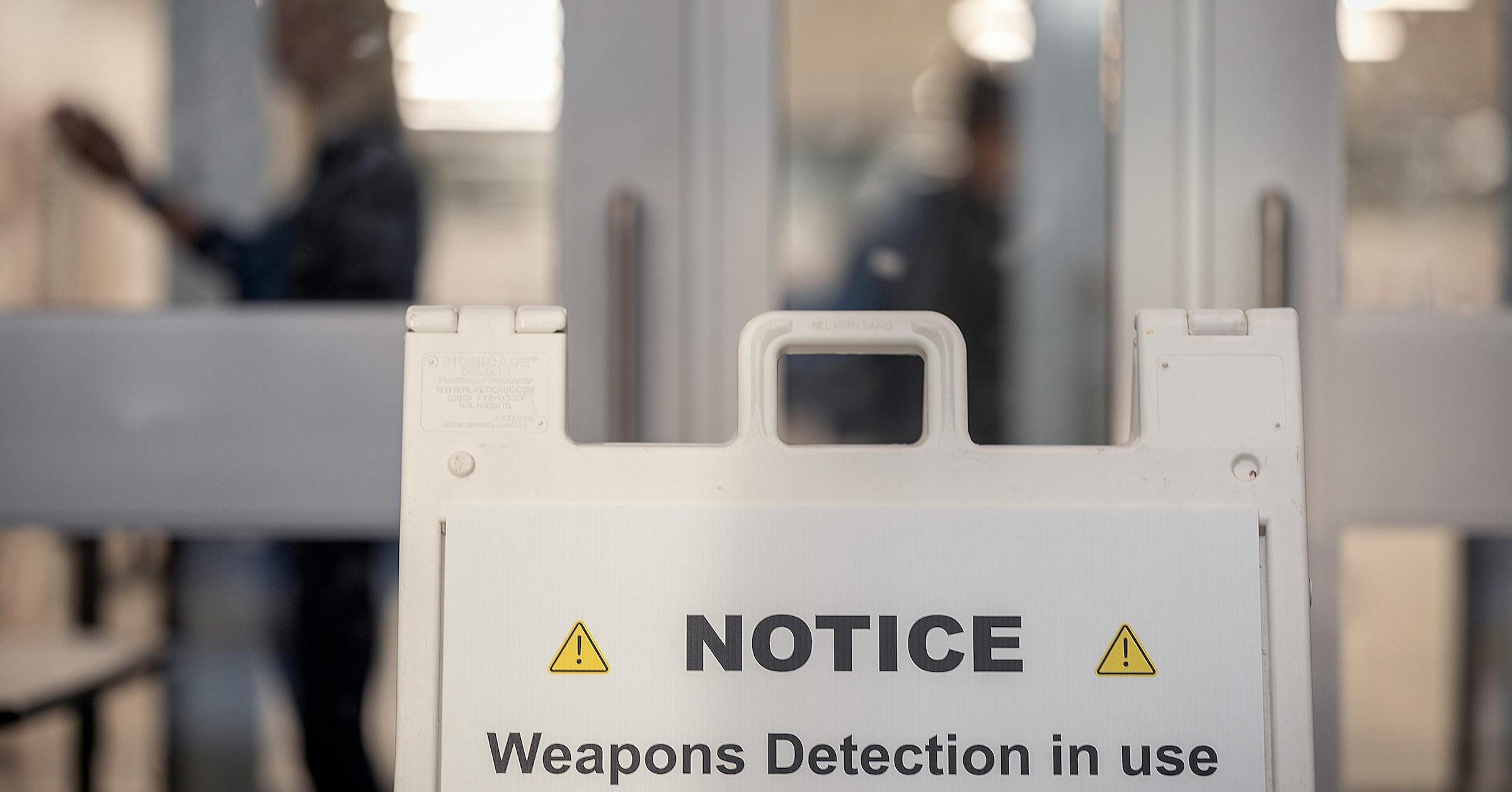Montana to expand mental health treatment for people in justice system – Kiowa County Press

Montana Advances Mental Health Services in Alignment with Sustainable Development Goals
Executive Summary
Recent legislative actions in Montana have initiated a significant expansion of mental health care services, directly addressing critical gaps in the state’s health and justice systems. A state commission is actively considering the Billings area for a second state forensic facility, a key development aimed at fulfilling commitments to several United Nations Sustainable Development Goals (SDGs), most notably SDG 3 (Good Health and Well-being) and SDG 16 (Peace, Justice and Strong Institutions).
Addressing Critical Deficiencies in Forensic Mental Health Care
The state’s current capacity for forensic mental health services is critically insufficient, posing challenges to both the healthcare and justice sectors. This initiative directly targets these shortcomings to build more resilient and equitable systems.
- Current State: Montana’s sole forensic facility in Galen contains only 53 beds, while the daily waitlist for individuals deemed mentally unfit for their own defense within the justice system averages approximately 100 people.
- Impact: This shortfall creates an untenable situation for individuals awaiting care in jails, for correctional staff, and for taxpayers, undermining the principles of effective and humane justice outlined in SDG 16.
- State Action: The Montana Department of Public Health and Human Services has confirmed it is identifying a location for a new facility, supported by nearly $27 million in state funding for project planning. This investment is a crucial step toward achieving SDG 3, Target 3.4, which seeks to promote mental health and well-being.
Legislative Framework for Comprehensive Mental Health Support
The 2025 legislative session produced numerous bills that strengthen Montana’s mental health infrastructure, reflecting a holistic approach to public well-being.
- Improved Access to Care: Significant legislative wins were achieved in expanding access to outpatient and crisis care services, which are fundamental components of a robust public health system under SDG 3.
- Support for Forensic Needs: Dedicated support for individuals requiring forensic hospitalization reinforces the state’s commitment to SDG 16 by ensuring the justice system is equipped to manage complex mental health cases effectively and humanely.
- Reducing Inequalities: By focusing on vulnerable populations within the justice system, these measures also advance SDG 10 (Reduced Inequalities), ensuring that individuals with mental health conditions receive appropriate care rather than being left in inadequate facilities.
Broadening the Scope of Mental Health Initiatives
Beyond the forensic facility, new legislation will bolster a range of community-based services, targeting diverse populations and contributing to multiple SDGs.
- Youth and Education: Enhanced funding for school-based mental health services and support for youth in residential care contribute directly to SDG 4 (Quality Education) by creating a healthier and more supportive learning environment.
- Crisis Response: Strengthening the state’s 988 crisis line and Certified Community Behavioral Health Clinics improves immediate response capabilities, a key aspect of ensuring good health and well-being for all citizens (SDG 3).
Analysis of Sustainable Development Goals (SDGs) in the Article
1. Which SDGs are addressed or connected to the issues highlighted in the article?
- SDG 3: Good Health and Well-being: The article’s primary focus is on expanding mental health care services, which is a core component of ensuring healthy lives and promoting well-being for all.
- SDG 16: Peace, Justice and Strong Institutions: The article discusses issues at the intersection of the justice system and mental health, specifically the need for a forensic facility for individuals deemed not mentally fit for their own defense. This relates to ensuring access to justice and building effective, accountable institutions.
2. What specific targets under those SDGs can be identified based on the article’s content?
-
SDG 3: Good Health and Well-being
- Target 3.4: “By 2030, reduce by one third premature mortality from non-communicable diseases through prevention and treatment and promote mental health and well-being.” The article directly addresses this target by describing legislative efforts and funding allocated to “expand mental health care services,” including “access to outpatient care, access to crisis care,” and services for people in forensic hospitals. The mention of boosting the “state’s 988 crisis line” is a clear action to promote mental health and prevent crises.
- Target 3.8: “Achieve universal health coverage, including financial risk protection, access to quality essential health-care services…” The article highlights a significant gap in service access, noting that the state’s only forensic facility has “53 beds” while the “daily waitlist hovers at about 100 people.” The plan to build a new facility, backed by “$27 million,” and the passage of bills to boost “school-based services, youth in residential care… and certified community behavioral health clinics” are direct efforts to increase access to quality essential health services for Montanans.
-
SDG 16: Peace, Justice and Strong Institutions
- Target 16.3: “Promote the rule of law at the national and international levels and ensure equal access to justice for all.” The article points to a failure in providing access to justice for a specific group: “people involved in Montana’s justice system whom a judge has deemed not mentally fit for their own defense.” The long waitlist for the forensic facility means these individuals are stuck in jails without the necessary evaluations or care, impeding the judicial process. Building a new facility is a step toward ensuring this group has access to the justice system.
- Target 16.6: “Develop effective, accountable and transparent institutions at all levels.” The article describes state institutions, such as the “state commission” and the “Montana Department of Public Health and Human Services,” actively responding to an identified public need. The legislative session passing “many bills centered on mental health care” and the allocation of funds demonstrate an effort to make these governmental bodies more effective and responsive to the needs of the population.
3. Are there any indicators mentioned or implied in the article that can be used to measure progress towards the identified targets?
-
Indicators for SDG 3
- Indicator for Target 3.8 (Coverage of essential health services): The article provides clear quantitative data points that serve as indicators of service coverage. These include the current capacity of the forensic facility (“53 beds”), the unmet need (“daily waitlist hovers at about 100 people”), and the financial investment to expand services (“nearly $27 million”). Progress can be measured by the reduction of the waitlist and the increase in facility capacity after the new construction.
- Indicator for Target 3.4 (Promotion of mental health): The expansion of specific services can be used as a qualitative and quantitative indicator. The article mentions plans to “boost school-based services, youth in residential care, the state’s 988 crisis line and certified community behavioral health clinics.” The number of new clinics, increased call capacity for the 988 line, and the number of schools with new services would be direct indicators of progress.
-
Indicators for SDG 16
- Indicator for Target 16.3 (Access to justice): The number of people on the waitlist for the forensic facility (“about 100 people”) is a direct indicator of a backlog in the justice system. A reduction in this number would signify improved access to justice for individuals requiring mental fitness evaluations. The article states the current situation “doesn’t work for anybody,” and tracking the waitlist number over time would measure the effectiveness of the new facility in addressing this issue.
- Indicator for Target 16.6 (Effective institutions): The allocation of public funds (“nearly $27 million”) is a specific indicator of government expenditure aimed at improving institutional capacity (related to Indicator 16.6.1). Furthermore, the number of “bills passed this session centered on mental health care” serves as a legislative indicator of institutional responsiveness to public health challenges.
4. Table of SDGs, Targets, and Indicators
| SDGs | Targets | Indicators |
|---|---|---|
| SDG 3: Good Health and Well-being | 3.4: Promote mental health and well-being. | – Expansion of services like the 988 crisis line, school-based services, and community behavioral health clinics. |
| 3.8: Achieve universal health coverage and access to quality essential health-care services. | – Number of beds in forensic facilities (current: 53). – Size of the daily waitlist for forensic facility (current: ~100 people). – Amount of funding allocated for new facilities ($27 million). |
|
| SDG 16: Peace, Justice and Strong Institutions | 16.3: Ensure equal access to justice for all. | – Number of people in the justice system on the waitlist for mental fitness evaluations (~100 people). |
| 16.6: Develop effective, accountable and transparent institutions. | – Number of legislative bills passed related to mental health. – Public budget allocated to address the service gap ($27 million). |
Source: kiowacountypress.net

What is Your Reaction?
 Like
0
Like
0
 Dislike
0
Dislike
0
 Love
0
Love
0
 Funny
0
Funny
0
 Angry
0
Angry
0
 Sad
0
Sad
0
 Wow
0
Wow
0

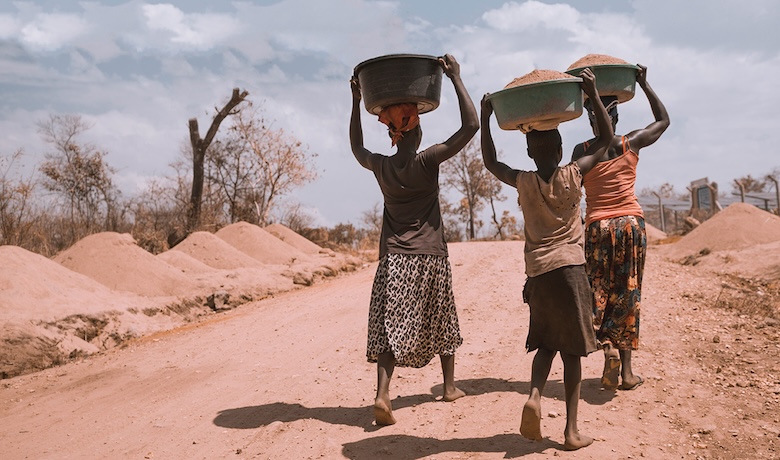







































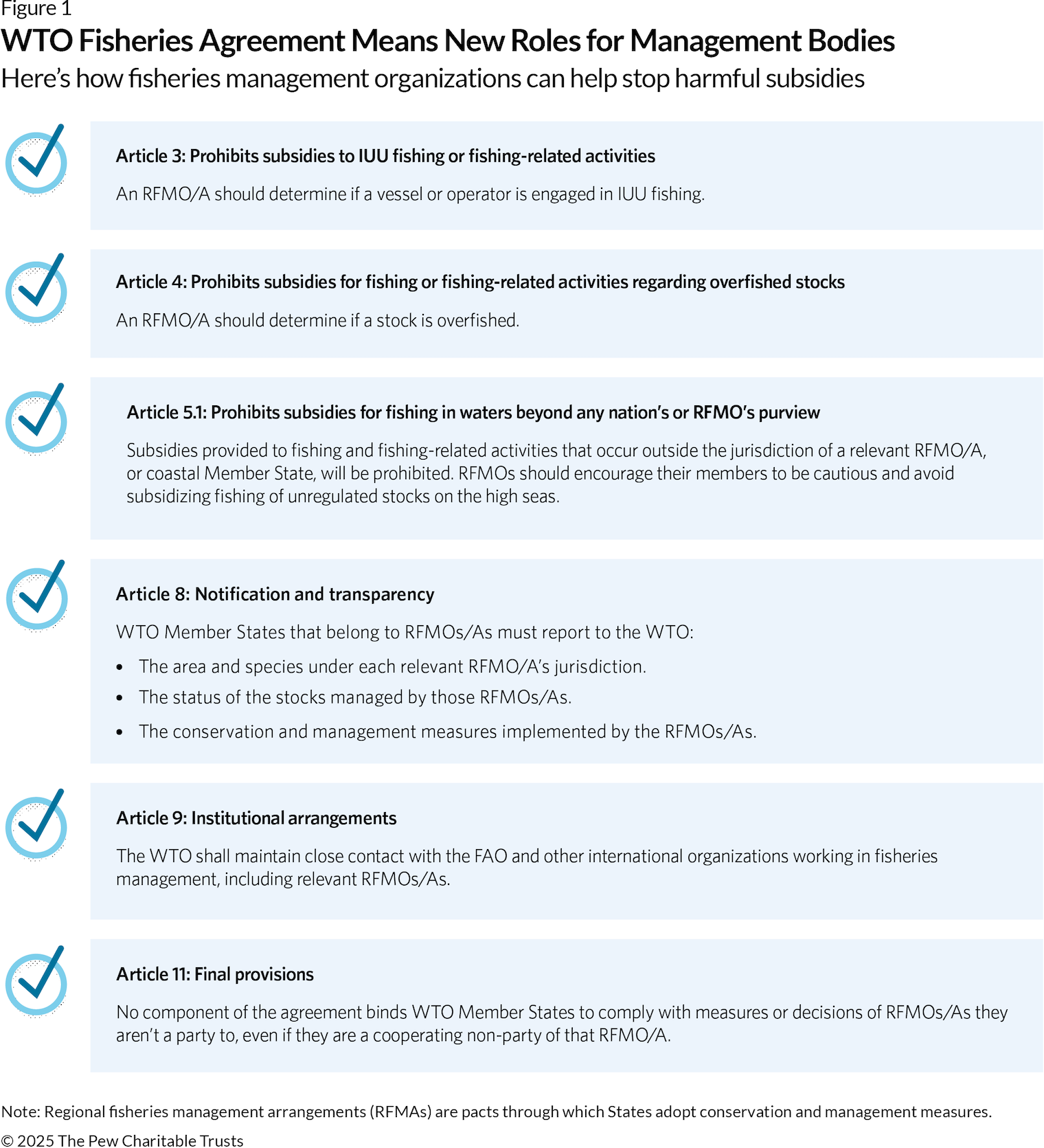

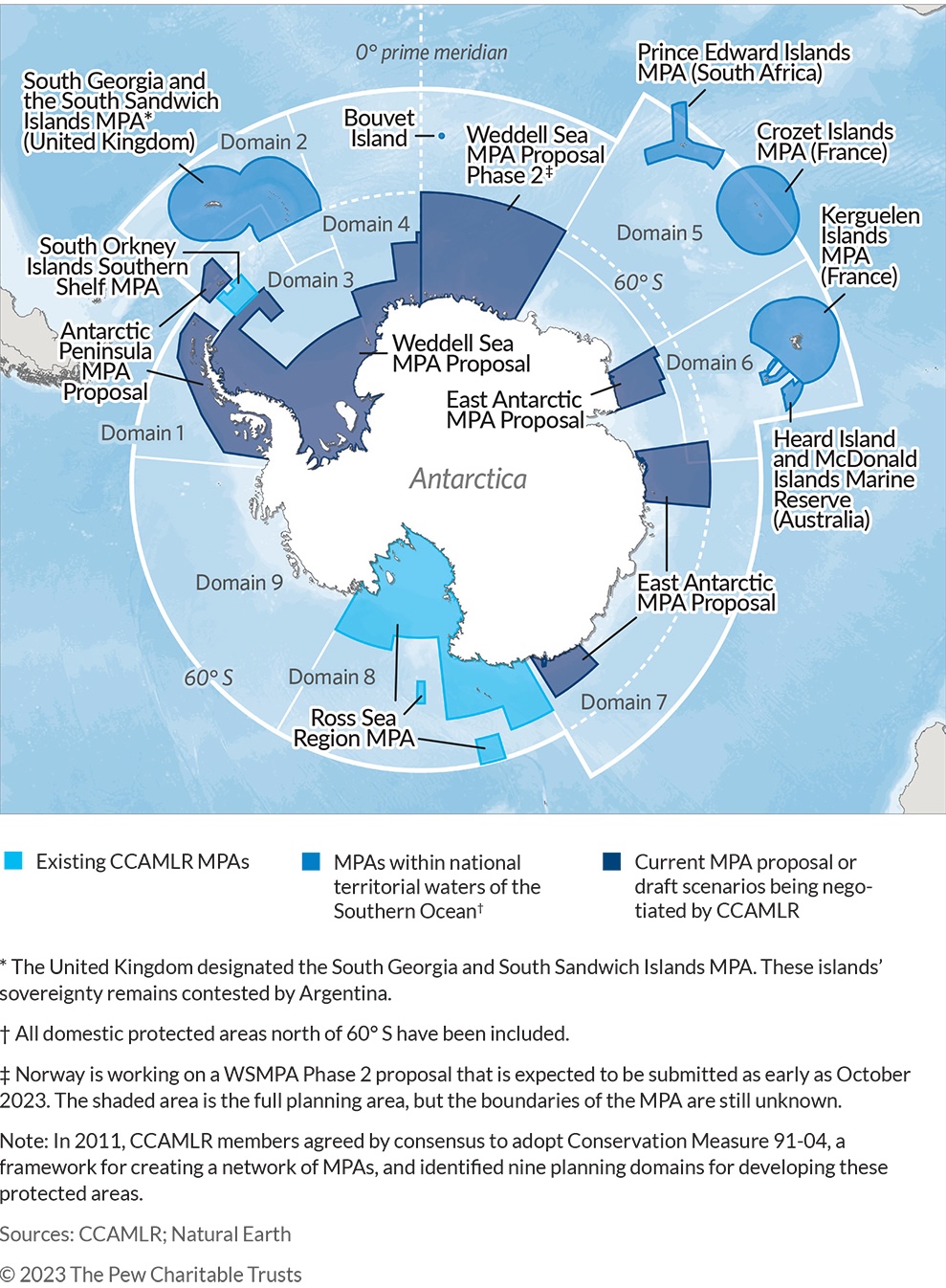


.jpg?h=50da7ea4&itok=DTgFLdpn#)












